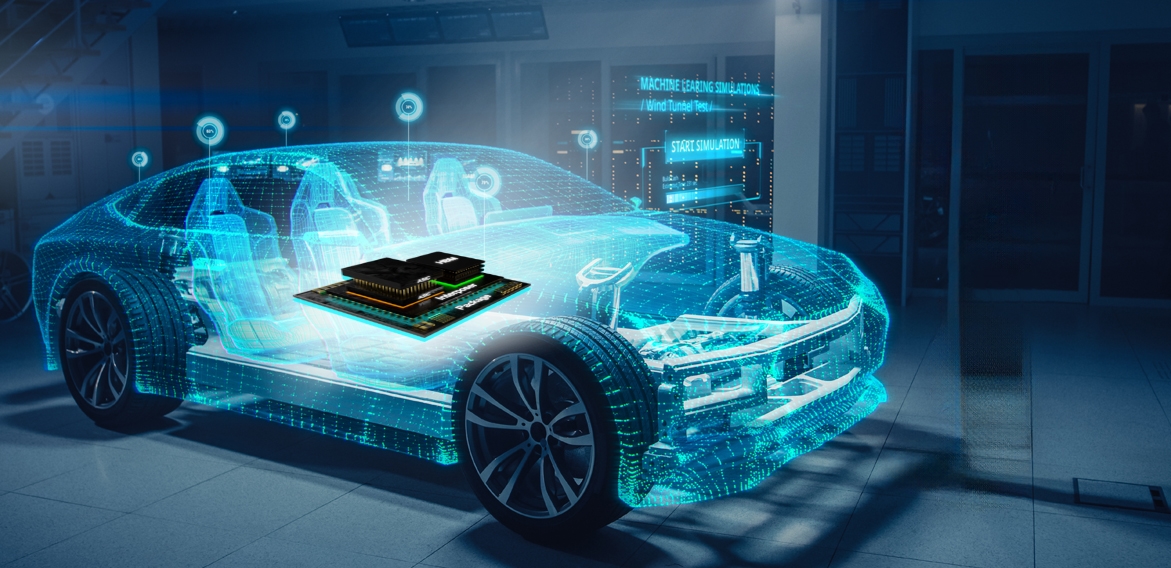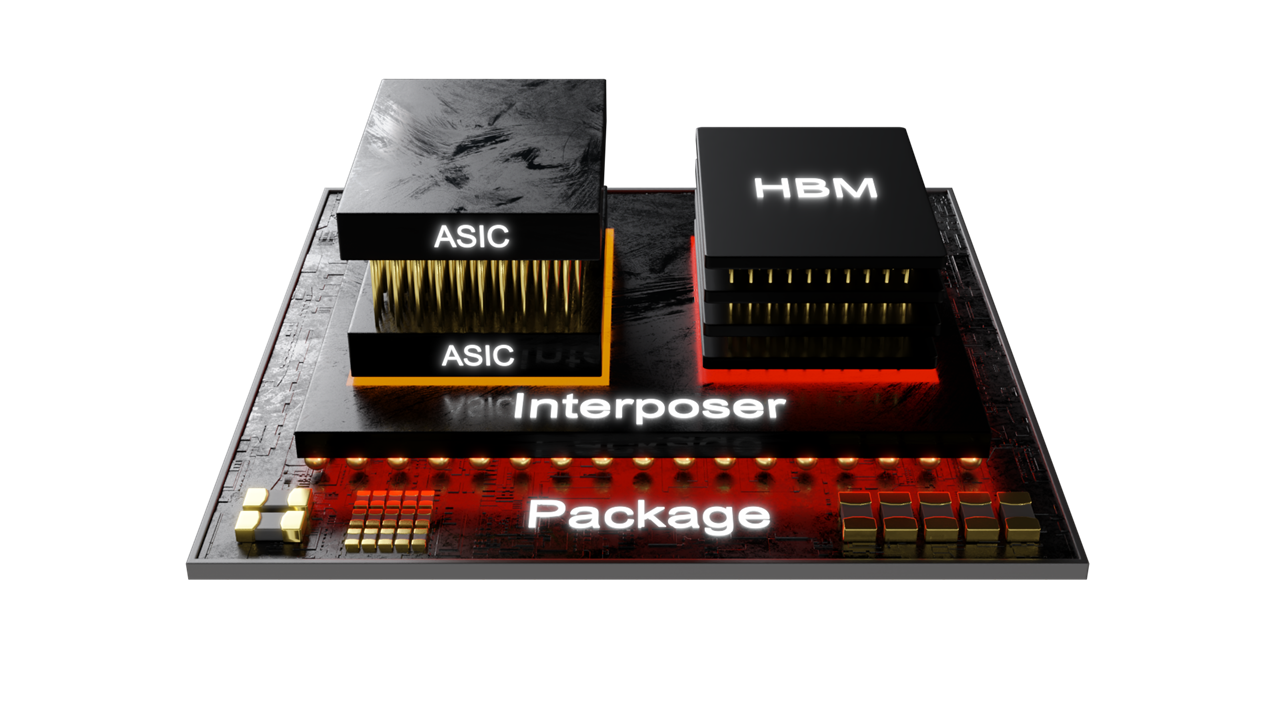Industry Expert Blogs

|
The Automotive Industry's Next Leap: Why Chiplets Are the Fuel for InnovationSteve Brown - Cadence Design Systems, Inc.Mar 12, 2024 |

The automotive industry is at the cusp of a technological leap that is arguably more revolutionary than the switch from horse-drawn carriages to motor vehicles. This impending transformation isn't about the shift to electric power or the coming of autonomous cars–it's about the integration of cutting-edge electronics that will redefine the very nature of automotive design and performance.
At the heart of this shift lies a series of trends, all pointing towards a seismic reorientation in the sector–a world of automotive electronics that is not only rapidly evolving but pushing the boundaries of what's possible within the confines of our modern vehicles.
Shrinking Development Cycles and a New Vision for Vehicles
Traditional milestones in the automotive industry–like new car models and significant design overhauls–used to be spaced years apart. But this pace is no longer compatible with the rapid technological innovations and consumer expectations for digital integration. Today, the industry is pushing to compress development cycles, aiming to bring new vehicles from concept to market in less than 24 months, while also incorporating the latest advances in technology.
A new vision for automotive design has emerged, centered around software-defined vehicles that can be updated and improved, much like our smartphones. This transition isn't merely theoretical–software-defined vehicles are already being built and tested, pushing engineers to innovate across the entire automotive electronics spectrum like never before.
The Need for Speed
The urgency to speed these developments isn't simply driven by consumer demand. With competitors emerging from unexpected corners–like tech giants venturing into the automotive sector–established manufacturers are now racing to reimagine their role in this new automotive landscape.
The chip shortage of recent years has highlighted the vulnerabilities in the existing supply chain and the need for more resilient architectures. Advanced vehicle architectures, connectivity, and advanced driver-assistance systems, among other things, are placing new demands on the automotive industry.
Collaborative Innovation at the Chip Level
The automotive industry has a long history of fostering innovation through collaborative efforts. In the past, pioneering companies came together to develop industry-wide standards that would support new technologies and, ultimately, revolutionize the industry. However, as we move deeper into the 21st century, there's a new frontier for collective advancement–collaborations within the chip level.
This isn't a simple task. The different functional blocks within a single vehicle–from infotainment systems to engine management units–have traditionally been handled by different chips from various suppliers. The integration and collaboration at the chip level need to mirror the grand industry collaborations of the past, but with a granularity and complexity never seen before.
Overcoming the Hurdles
The hurdles to this kind of collaboration are significant, including technical, logistical, and bureaucratic challenges. Nonetheless, overcoming these obstacles is crucial in the pursuit of creating a faster, more efficient, and ultimately, a chip ecosystem that can power the innovations demanded by automobiles of the future.
The concept of a chip ecosystem isn't new–leading semiconductor companies have been developing related technologies for computing–but applying it to the automotive space will be revolutionary. By creating standardized interfaces and integrating different chips on a single platform, the industry can create vehicles that are more powerful, adaptable, and efficient than anything that's come before.
Mastering Multi-Die Technologies

One avenue to achieve this vision is through the use of 3D-chip stacking technologies, which allow multiple semiconductor die to be stacked on top of each other, increasing performance and density within a small footprint. However, instituting 3D-IC multi-die technologies in the automotive space comes with its own unique set of challenges.
The Path Forward
While these challenges must be met head-on, innovations in multi-die technologies present a clear path forward. Creating a chip ecosystem for the automotive industry will enable manufacturers to design vehicles with a level of customization and complexity that far surpasses what's currently possible.
For example, separate chiplets could handle specific functionalities, such as sensor fusion or machine learning, with each chiplet optimized for its specific task. By integrating these chiplets into a cohesive system, engineers can mix and match components to create vehicles tailored to meet a range of needs and market segments.
Leading the Way to a Chip Ecosystem for Automotive
To catapult the automotive industry into this new era, we require a chip ecosystem that can support the demands of tomorrow's electronic vehicles. It needs to set a standard for innovation, compatibility, and performance that can be adopted across the industry. Leading this charge is crucial.
Our company, at the industry's forefront, has developed the first automotive reference design for multi-die semiconductor innovation, inspired by analogous strides made in the data center. This groundbreaking approach to collaboration and technology could be the catalyst that the automotive sector needs.
Virtual Platforms and Hardware Digital Twins for Software Development
Before a single chip is manufactured, software developers need to be able to write and test code for the new automotive applications. A virtual platform offers a digital representation of the hardware, allowing software development to begin in parallel, dramatically reducing time to market.
The concept of a hardware digital twin for automotive software development may sound futuristic, but it's a necessary step to ensure that the software that powers our vehicles is both reliable and robust. This virtual platform can be ready months in advance of the physical chips and provide an early glimpse into how the chips will perform in real-world applications.
Revolutionizing the Industry
The integration of chiplets into the automotive sector could revolutionize the way we design and manufacture vehicles, enabling a level of innovation and customization that has never been possible before.
This is an ambitious vision that requires the entire automotive industry to come together as never before. By capitalizing on the potential of chiplets, we can create vehicles that are smarter, safer, and more in tune with the needs and desires of consumers.
Conclusion: Unleashing the Power of Chiplets
The automotive industry is evolving, and the integration of chiplets could be the key to unlocking its full potential. By adopting a chip ecosystem, manufacturers can accelerate the pace of innovation, reduce development cycles, and deliver vehicles that are at the forefront of technology.
However, this shift will not happen overnight. It requires a concerted effort from industry leaders, policymakers, and innovators to create the necessary infrastructure and standards. With chiplets at the core of automotive innovation, the future of transportation is within our grasp.
